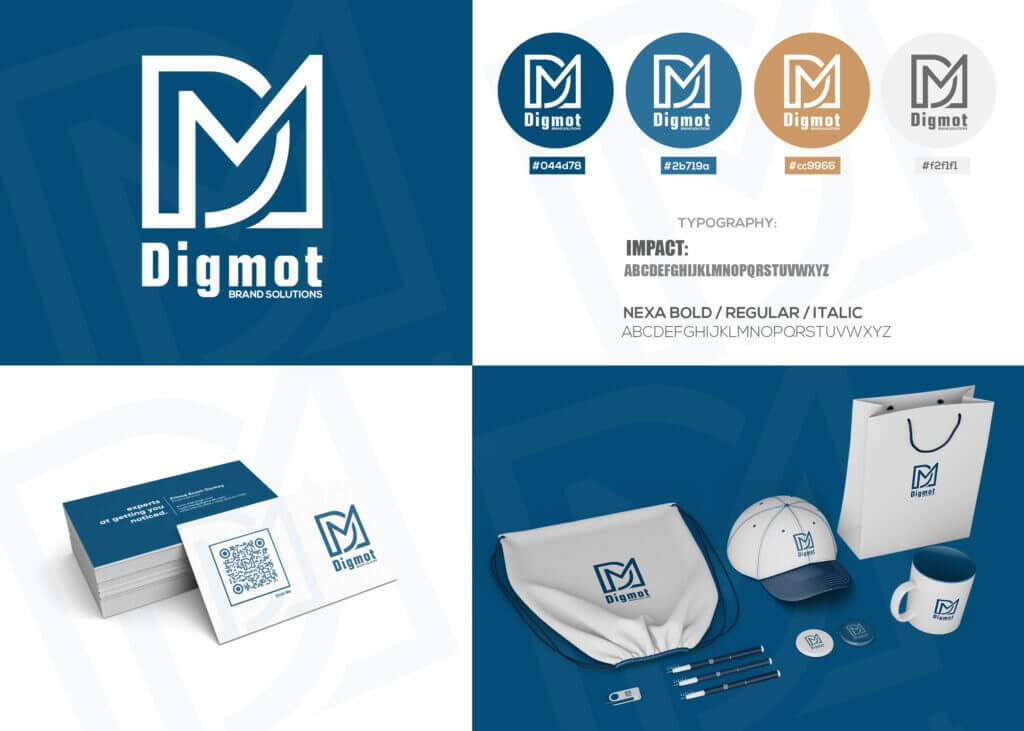Brand Guide vs Style Guide: Which is best for your business? Brand guides are often used by companies who want to create a consistent look across their marketing materials. They provide designers with a template to follow, helping them produce high quality designs.
Style guides are used by individuals who want to create a unique design for each piece they create. They also provide designers with a framework to follow, allowing them to create original designs.
Brand Guide is used for products like clothing, shoes, bags, etc. Style Guide is used for websites, apps, and other products where you want to make sure everything looks consistent across platforms.
A Style guide is a brief document that shows the recommended use of your company logo, colours and fonts. In some occasions, a style guide can also use examples of how to apply the brand such as showing stationary design.
Brand guidelines go in to a lot more depth, and most importantly, explain the brand strategy. This means that anyone reading the brand guidelines should get a clear image of how the company want to speak, interact and look both internally and towards their customers.
Benefits of a style Guides
It helps you keep your design consistent across all platforms and devices. You can create a style guide for yourself or your team to share best practices and guidelines for creating beautiful designs. A style guide also helps you deliver consistent branding to clients and customers. When you’re working with multiple designers, a style guide ensures everyone shares the same visual language.
Now, why don’t you intertwine both an make the best of them for the growth of your business. -A brand Style Guide.

The Purpose of a Brand Style Guide
A Brand Style Guide is an essential tool for any designer, writer, illustrator, photographer, animator, editor, or creator working on a project that requires branding. A brand style sheet is a document that provides guidelines about how to create a consistent visual identity across all media platforms. It should be easy to read and follow. It should help everyone involved in the project understand the expectations of the brand. Brand style sheets are often used when creating logos, websites, social media pages, flyers, brochures, posters, ads, product packaging, magazines, catalogs, and other printed materials. They are also commonly used when designing apps, games, videos, animations, and other digital creations.
Tips for Creating a Brand Style Guide
1. Your style guide should be easy to read and understand.
2. Make sure to use consistent fonts and colors throughout.
3. Include a table of contents and headings.
4. Use bulleted lists and numbered lists.
5. Keep your text short and simple.
6. Don’t forget to include images.
Visual Elements
Design is the silent ambassador of your brand.” – Paul Rand
One key element of nearly all style guides is the inclusion of the brand’s brand’s logo (or logos). Guidelines need to cover how the logo should be in all respects, what color(s) it should be and where it needs to be placed.
The issue that usually arises with projects is logo placement varying, as well as other variables that might be different. Ensure that your guide informs everyone of what to do, so they’re prepared each time.
The next visual element to focus on is font, particularly what type of font should be used for specific projects. Now, keep in mind that different font levels get quite complex and can’t be explained briefly. Instead, you’ll need to use details beyond a font name or size.
Include changeable differences like bold words, italics and underlined letters. Finally, make sure to clarify which type of font is used when switching from a title to a header, or from a header to the content text.
Key Take Aways
A brand style guide, therefore, captures your brand and makes it both understandable and replicable.
Well-defined and well-maintained brand style guides allow you to present your brand clearly and to establish trust with your audience, all while ensuring that, internally, everyone you work with is on the same page regarding your brand. When a brand style guide is in place, every single person in your company should understand both what the brand is, as well as how to implement it in the work they do.
A thorough brand style guide has two, equally important halves: visual and content.
Visual Content
A visual style guide specifies how all content should be styled, whereas a content style guide specifies how copy and text should be developed inside the design.
Both collaborate to make the whole better. dimarketing
So, in essence, a content style guide tells us how to frame and design the product we want to convey to our audience. A visual style guide demonstrates how to promote the product and make it worthy of our prospects’ time. Creating a Branding Strategy
